The Texas power outage, which has left millions without power, happened for a multitude of reasons. But it’s important to understand how those causes are connected, because they’ll continue to be relevant as the state experiences more extreme weather events.
It all starts with the winter storm that began on 13 February, which brought some of the coldest weather the state has experienced since 1989.
Normally the power grid can meet the energy demands of consumers.
But when the weather got cold, residents blasted their heaters – which is why energy demand in Texas hit a record winter high.
Meanwhile, the energy providers were also struggling with the elements. The cold weather froze natural gas wells and blocked pipes. It froze wind turbines and coal piles.
Contrary to what some state politicians have said, the blackouts weren’t primarily the fault of frozen wind turbines. It was largely a problem with natural gas, which is the state’s primary energy source. Here’s a breakdown of Texas energy sources in January 2021:
Chart showing energy mix in California.
But the result of that was the grid not being able to produce as much power at a time when consumers were demanding more of it.
In short, the grid couldn’t meet the demand.
Rolling blackouts prevented the entire system from going down
Generators – which convert fuel into power – are designed to try to ramp up and keep up with demand. So when demand was too high, they overloaded and automatically went offline as a precautionary measure. Other generators tried to make up for it, but they were also overloaded and went offline. Had that continued, it could have cascaded into a statewide blackout.
Bill Magness, chief executive of the Electric Reliability Council of Texas (Ercot), which oversees the state’s power grid, told the Dallas Morning News they were minutes, if not seconds, away from a complete blackout.
Instead, Ercot proactively issued rolling blackouts to different parts of the state to keep the demand under capacity.
In theory, that means Texans should have only experienced controlled, short-term blackouts. But many have been without power for several days. Ercot told the Dallas Morning News that’s because of three likely scenarios:
-
People live in places where equipment was damaged.
-
People live in areas that were taken offline and need to be put back online manually.
-
People don’t get their power from consumer-facing retailers, but rather large industrial facilities that may have voluntarily gone offline to conserve energy.
There was also early evidence that poor families and areas with more people of color suffered a disproportionate amount of the burden. For example, the Guardian’s Alexandra Villarreal reported that, because critical infrastructure like hospitals was exempt from the rolling blackouts, many affluent areas kept power while surrounding neighborhoods were dark.
But there’s one other factor at play: Texas is a unique state
Other states can buy power from surrounding states to meet spiking demands. That’s because the continental US is powered by two big, highly connected grids: the Eastern Interconnection and the Western Interconnection.
Texas, however, has insisted on having its own grid with little connection to the other two grids. It’s a point of pride for politicians there, who claim the state has energy independence.
Chart of grid systems in the US, with Texas having its own.
By not being connected to the larger grid, Texas was able to avoid regulations on trading electricity across states. Some experts say this lack of regulation is why the Texas grid wasn’t properly maintained and, in turn, failed with these stressors.
Looking forward
These failures shouldn’t just be seen as a once-in-a-lifetime event.
America is expected to see more and more extreme weather events in the coming decades, and it will probably cause electricity demand to regularly rise and fall – and, in turn, cause more of these devastating blackouts.
The alternative isn’t much better. In California the warming climate has increased the likelihood of power lines causing wildfires. That, combined with ageing transmission lines, caused a wildfire that killed 85 people and destroyed 19,000 buildings in 2018. So Pacific Gas & Electric (PG&E), which manages the California grid, has issued rolling blackouts to prevent these fires. But the blackouts have disproportionately affected low-income people who can’t afford generators and caused life-threatening situations for people who need refrigeration for their medication.
That’s why experts argue America needs to build a more resilient grid that can recover from these disasters much more quickly. But until then, America’s ageing grid system will continue to be tested by extreme weather events – and it’ll be the most vulnerable people who suffer.











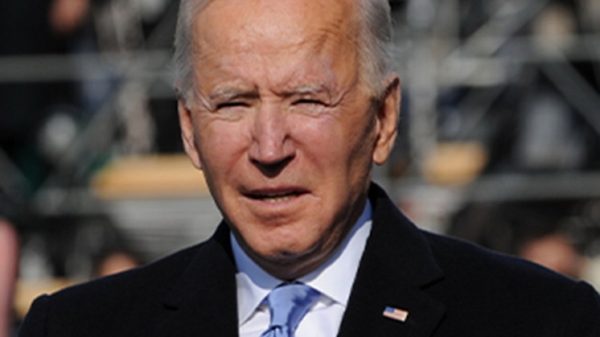





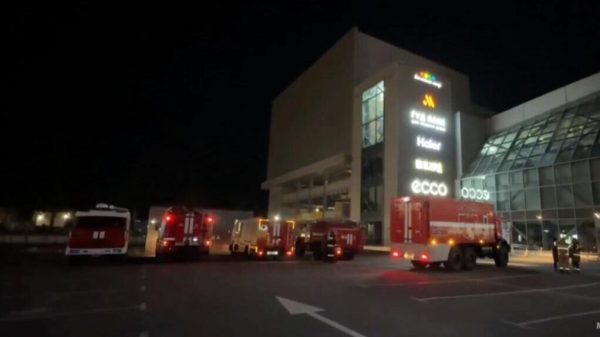
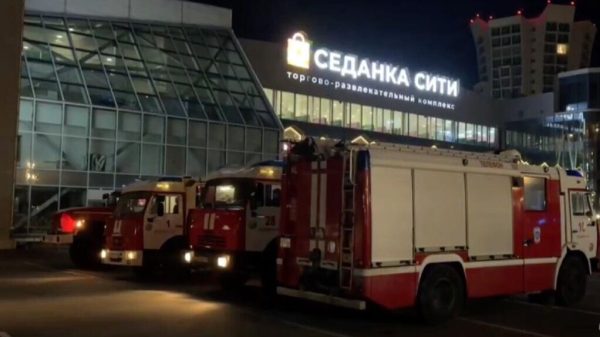

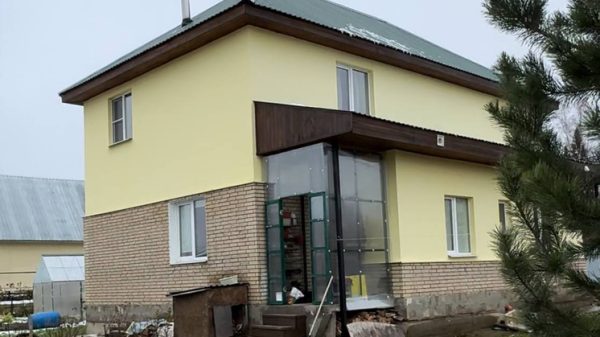


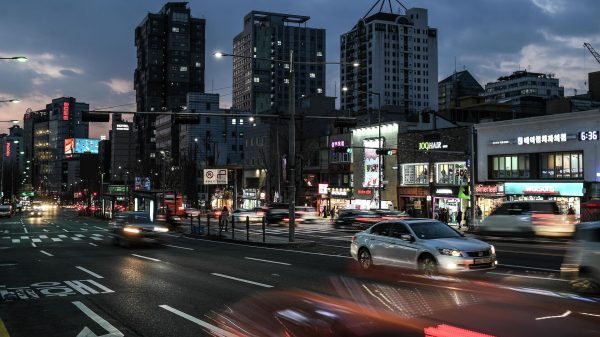




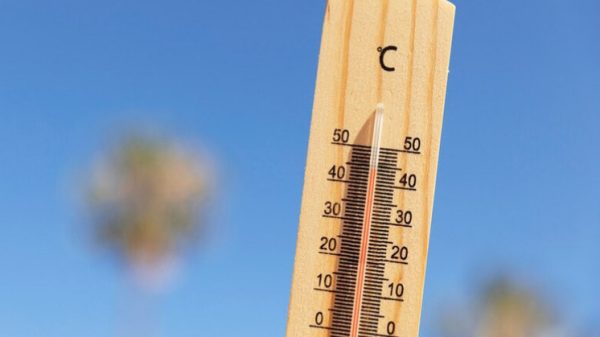
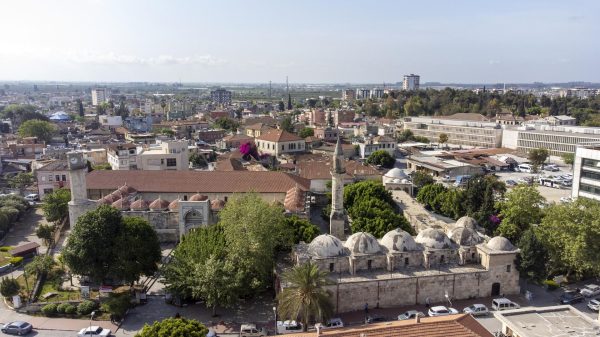















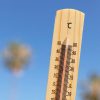














Свежие комментарии